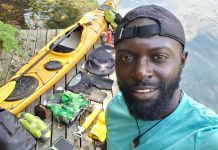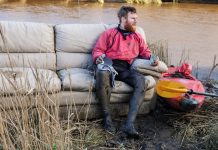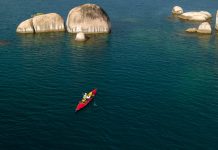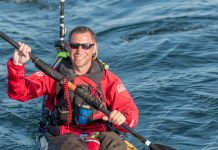Born and raised in Scotland, Gordon Brown is well-known by paddlers around the world for his charming accent, exceptional coaching and incredible coordination in a kayak. His many contributions to the sport include the award-winning DVD skills trilogy Sea Kayak with Gordon Brown, an indispensible book, Sea Kayak: A Manual for Intermediate and Advanced Kayakers and guest coaching at events from Chilé to Israel to San Francisco. When he’s at home on Scotland’s Isle of Skye, Brown balances family time and running Skyak Adventures with his wife, Morag, and studying for his Masters in Performance Coaching. Another book is also in the pipeline. But if these seem like the achievements of a lifelong paddlesports professional and natural academic, you don’t know Brown as well as you may think.
WHO IS THE REAL GORDON BROWN?
At school, I was much more interested in woodwork, metalwork and outdoor studies. I spent all of my time building kayaks and sailboats, maintaining the school minibus and running a business repairing the teachers’ cars. I left at 15 having completed no academic qualifications whatsoever. I started competing in motorsport and by 18 was the Scottish road rally and Autotest champion. I had also earned my British Canoe Union (BCU) Sea Proficiency Award through the school’s canoe club. Instructor and Senior Instructor awards and then the Advanced Proficiency Award followed. After some 20 years working in the motor trade, I left and started to develop sea kayaking work around the UK.
WHAT KEEPS COACHING FRESH AND EXCITING?
There is always something new to learn or discover. The most fascinating thing to come out of my academic studies is that what I have done intuitively—because it feels like the right thing to do—has been studied and written about by clever people with letters after their names. That I am now able to engage with this writing and understand it, has really added to my knowledge about coaching. Also, as a coach, I can allow others to see some of what I have seen and hopefully make it easier for them as I’ve made most of the mistakes it is possible to. Seeing the coastline through my students’ eyes, and seeing people develop way beyond what they thought was possible, is amazing and very rewarding.
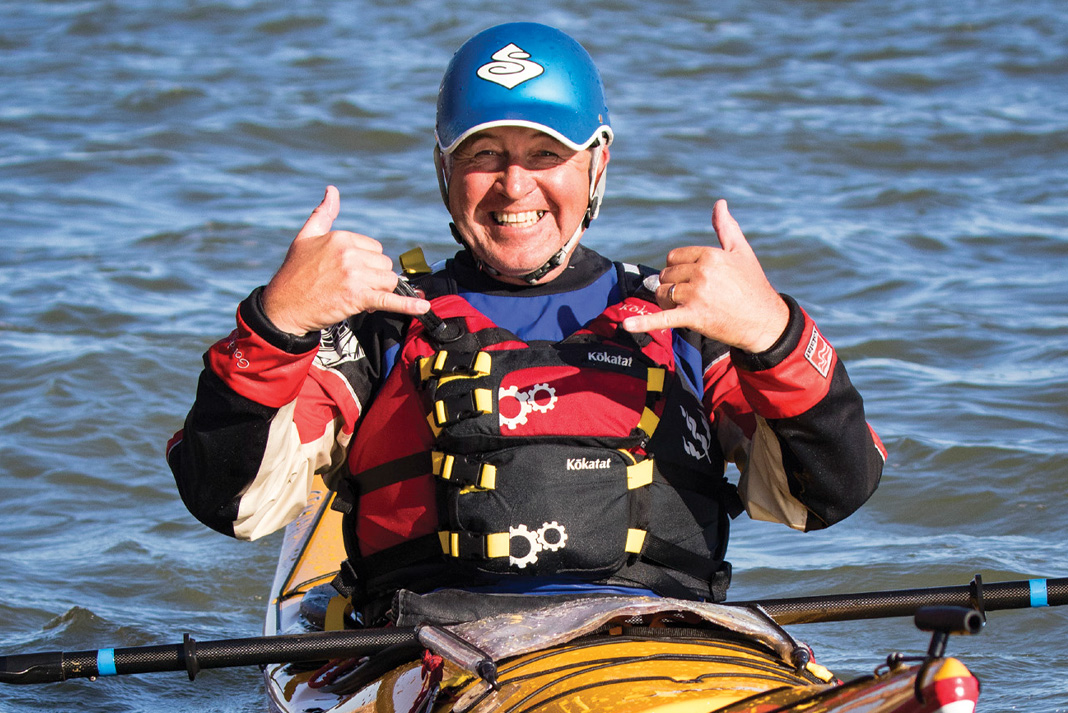
LIKE FLOW BUSINESS. | PHOTO: TOM GOMES
WHEN DID YOU MASTER STANDING IN YOUR KAYAK?
Good balance comes from falling in lots and lots and lots. When I was nine, my dad saw an advert in the local classifieds for a home-built sea kayak. Initially, a length of line was tied to the kayak in order that, should my brother or I fall in, there was a means of getting back ashore. Capsizing was quickly followed with exploring the boundaries of what was possible. Since then, I have fallen in more times than I can remember, by trying things that I’ve been told are impossible. If you are not prepared to fail at something, then you will never reach your potential. I also have huge feet, which helps.
WHERE IS A HELMET APPROPRIATE EQUIPMENT?
I choose whether I wear a helmet or not based on where, what and who I am coaching and the context of the session. For example, if the session is about landing in rough water in the context of journeying, and if a helmet is not a normal part of expedition equipment, then paddlers have to be able to make decisions about the outcome. So, for me, this comes to the fore as decision making, which is what my MSc is investigating.
WHY ARE YOU SEA KAYAKING’S SEAN CONNERY?
I often come across as brash, but I really am quite shy. It is very strange when people nudge each other and whisper such things as, “That’s him…” I am really just a normal guy who tries hard to be a good dad to my kids, honest to my beliefs and generous with my time. I love music and have been singing at the local folk club, which is fun and scary at the same time. Coaching is a bit like this too—it is a performance. I remember the late Derek Hutchinson saying to me, “Showtime, young Brown.” That has stuck with me, and if it is a performance, I hope that I will be able to perform for a long time to come.
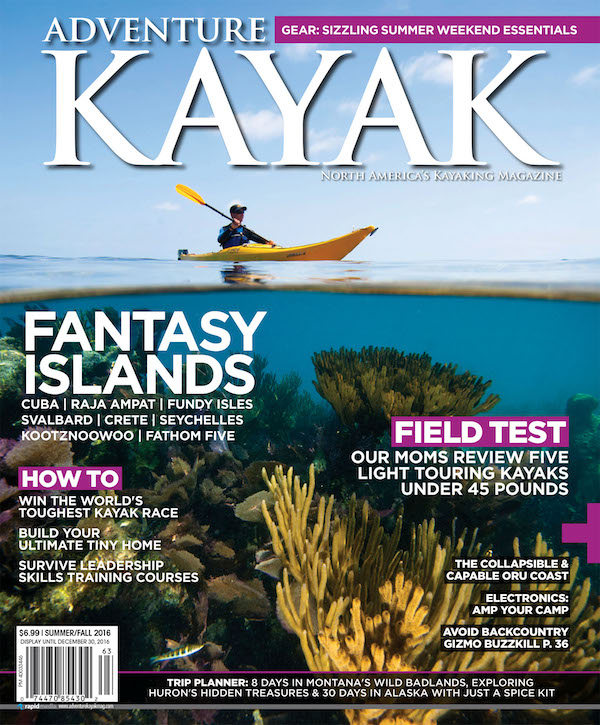 This article originally appeared in the Adventure Kayak Summer/Fall 2016 issue.
This article originally appeared in the Adventure Kayak Summer/Fall 2016 issue.
Subscribe to Paddling Magazine and get 25 years of digital magazine archives including our legacy titles: Rapid, Adventure Kayak and Canoeroots.



